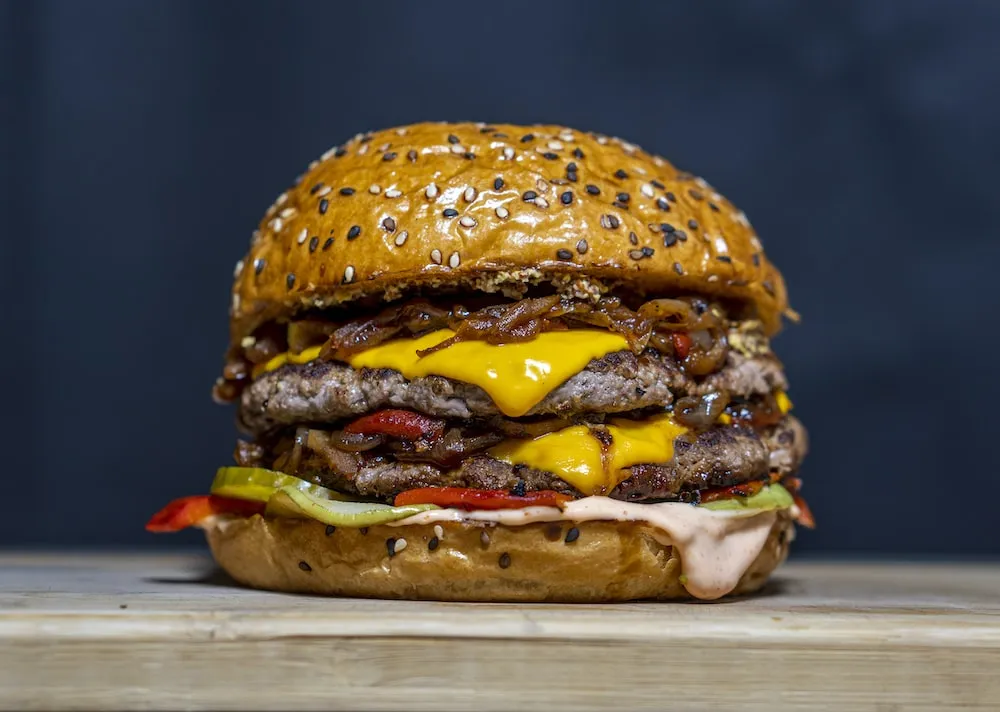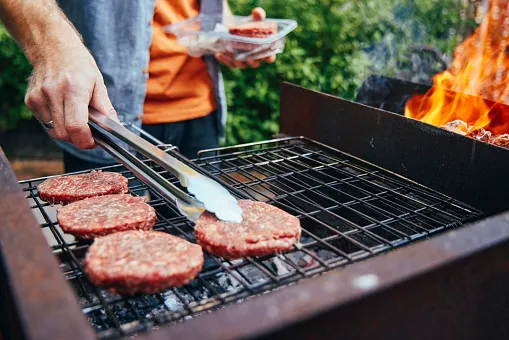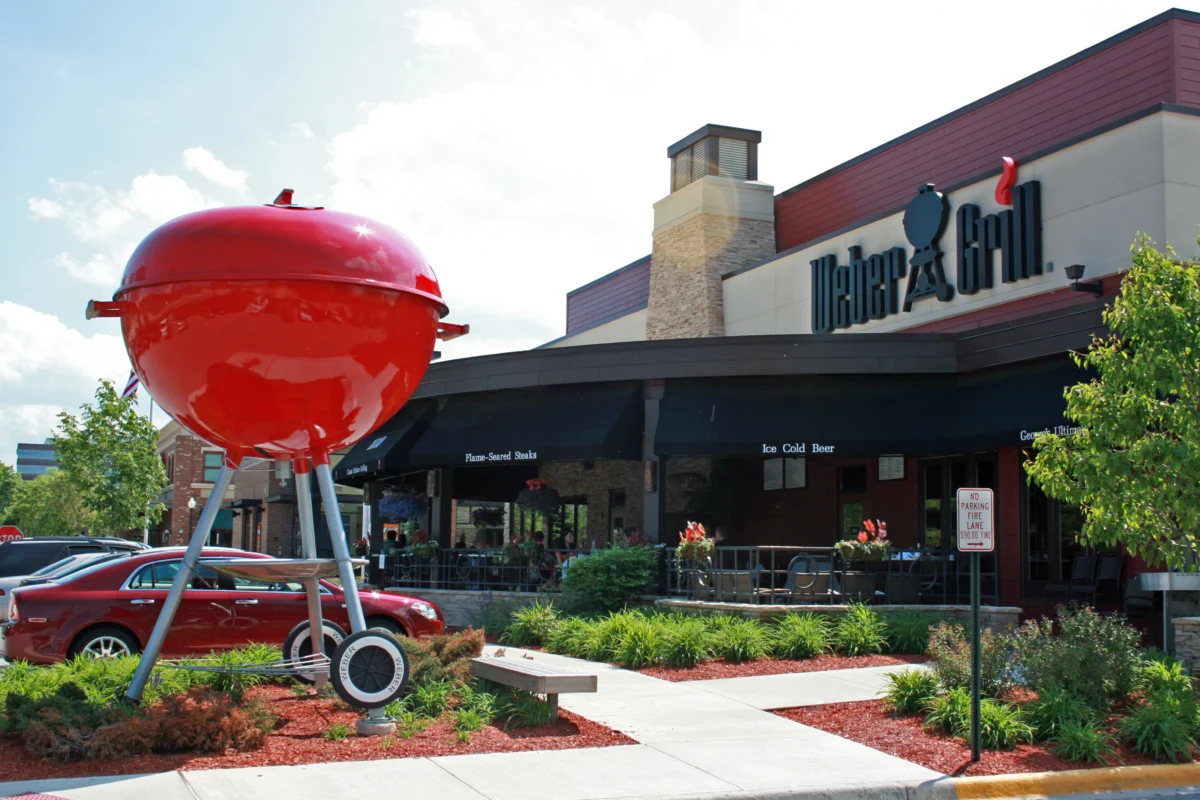Grilling chicken breast is one of the most popular and delicious ways to cook chicken. It’s a simple and healthy way to prepare this protein-packed meat. However, grilling chicken breast can be a bit intimidating, especially for beginners. With the right tools, techniques, and a little bit of practice, anyone can learn how to grill chicken breast like a pro.

One of the most important things to keep in mind when grilling chicken breast is to make sure it is cooked thoroughly. Undercooked chicken can be dangerous to consume, so it’s important to use a meat thermometer to check the internal temperature. Additionally, marinating the chicken before grilling can help keep it moist and flavorful. With these tips and tricks, you’ll be grilling perfect chicken breast in no time.
Choosing the Right Chicken Breast
When it comes to grilling chicken breasts, selecting the right meat is crucial to ensuring a delicious and juicy end result. Here are some things to consider when choosing the right chicken breast for grilling:
Boneless, Skinless or Skin-On?
When it comes to chicken breasts, you have the option of choosing boneless, skinless or skin-on varieties. Boneless, skinless chicken breasts are the most popular choice for grilling as they are easy to work with and cook quickly. However, some people prefer the added flavor and moisture that comes with grilling chicken breasts with the skin on. If you do choose skin-on chicken breasts, be sure to score the skin before grilling to prevent it from shrinking and curling up.
Bone-In or Boneless?
Another choice you’ll need to make is whether to go with bone-in or boneless chicken breasts. Bone-in chicken breasts can take longer to cook, but they are more flavorful and tend to stay juicier than their boneless counterparts. However, boneless chicken breasts are easier to work with and cook more quickly. If you do choose bone-in chicken breasts, be sure to adjust your cooking time accordingly.
Thickness Matters
When selecting chicken breasts for grilling, it’s important to choose pieces that are of even thickness. This will ensure that they cook evenly and prevent them from drying out. If your chicken breasts are uneven in thickness, you can pound them to an even thickness using a meat mallet or rolling pin.
In summary, when choosing chicken breasts for grilling, consider whether you want boneless, skinless or skin-on varieties, bone-in or boneless, and the thickness of the meat. By selecting the right chicken breasts, you’ll be well on your way to grilling up a delicious and juicy meal.
Preparing the Chicken Breast
Grilling chicken breast can be a quick and easy way to prepare a delicious and healthy meal. However, it is important to properly prepare the chicken breast before grilling to ensure that it is tender and flavorful. Here are a few tips on how to prepare chicken breast for grilling.
Marinating the Chicken
Marinating chicken breast is a great way to add flavor and moisture to the meat. A good marinade should include an acid (such as lemon juice or vinegar), oil (such as olive oil), and seasonings. The acid helps to tenderize the meat, while the oil and seasonings add flavor.
To marinate chicken breast, simply place the chicken in a resealable plastic bag or a shallow dish and pour the marinade over it. Make sure that the chicken is completely coated with the marinade. Then, cover the chicken and refrigerate it for at least 30 minutes (or up to 24 hours) before grilling.
Seasoning the Chicken
If you don’t have time to marinate the chicken, you can still add flavor by seasoning it before grilling. A simple seasoning of salt and pepper can go a long way, but you can also use a variety of other seasonings, such as garlic powder, paprika, or cumin.
To season chicken breast, simply sprinkle the seasoning over the chicken and rub it in with your hands. Make sure that the chicken is evenly coated with the seasoning.
Oil or No Oil?
One question that often comes up when preparing chicken for grilling is whether or not to use oil. While oil can help to prevent the chicken from sticking to the grill, it is not always necessary. If you are using a non-stick grill or if you have properly cleaned and oiled your grill grates, you may not need to use oil.
If you do decide to use oil, use a high smoke point oil such as canola oil or grapeseed oil. Simply brush a thin layer of oil onto the chicken before grilling. Be careful not to use too much oil, as this can cause flare-ups on the grill.
By marinating or seasoning the chicken, and deciding whether or not to use oil, you can ensure that your grilled chicken breast is tender and flavorful.
Grilling the Chicken Breast
Grilling chicken breast is a staple of summer barbecues and outdoor gatherings. With the right technique and a little bit of practice, you can grill juicy, flavorful chicken breasts that are sure to impress your guests. In this section, we’ll cover the key steps to grilling chicken breasts to perfection.
Preheating the Grill
Before you start grilling, it’s important to preheat your grill. This will ensure that your chicken breasts cook evenly and develop a nice sear on the outside. For a gas grill, preheat the grill to medium-high heat (around 375-400°F). For a charcoal grill, light the coals and let them burn until they are covered in white ash, then spread them out in an even layer.
Grilling Temperature
Once your grill is preheated, it’s time to start grilling your chicken breasts. For juicy, tender chicken, it’s important to cook the chicken over medium heat (around 350-375°F). If your grill is too hot, the chicken will cook too quickly and may dry out. If your grill is too cool, the chicken will take too long to cook and may not develop a nice sear.
Grilling Time
The cooking time for chicken breasts will depend on their thickness. As a general rule, you should grill chicken breasts for 6-8 minutes per side, or until they reach an internal temperature of 165°F. To ensure that the chicken cooks evenly, use tongs to flip the chicken breasts halfway through the cooking time.

How to Check for Doneness
« When Does Patio Furniture Go on Sale? Tips for Scoring Deals
Why Won’t My Blackstone Light? Troubleshooting Tips to Get It Working Again »
The most reliable way to check if your chicken breasts are done is to use an instant-read meat thermometer. Insert the thermometer into the thickest part of the chicken breast, being careful not to touch the bone. When the chicken reaches an internal temperature of 165°F, it is safe to eat. If you don’t have a meat thermometer, you can also check for doneness by cutting into the thickest part of the chicken breast. The juices should run clear, and the meat should no longer be pink.
Remember, after you take the chicken off the grill, it will continue to cook for a few minutes due to carryover cooking. To prevent your chicken from drying out, let it rest for 5-10 minutes before slicing or serving.
By following these simple steps, you can grill delicious, juicy chicken breasts that are sure to be a hit at your next barbecue. For extra flavor, try marinating your chicken in a sauce or seasoning blend before grilling. Some popular options include lemon garlic, cilantro lime, and rosemary paprika. And don’t forget to garnish your chicken with some fresh herbs or a sprinkle of kosher salt and black pepper for a finishing touch.
Serving the Grilled Chicken Breast
After grilling your chicken breast to perfection, it’s time to serve it up and enjoy! Here are some tips for serving your juicy grilled chicken breast.
Letting the Chicken Rest
Before slicing into your chicken breast, it’s important to let it rest for a few minutes. This allows the juices to redistribute throughout the meat, resulting in a more flavorful and juicy chicken breast. Simply place the grilled chicken breast on a cutting board and cover it loosely with foil for about 5 minutes.
Serving Suggestions
There are endless ways to serve grilled chicken breast, but here are some ideas to get you started:
- Serve it on a bed of greens for a healthy and delicious salad.
- Slice it up and toss it with pasta and your favorite veggies for a flavorful pasta dish.
- Serve it alongside some grilled veggies for a complete and satisfying meal.
- Top it with your favorite dressing or sauce, such as balsamic vinegar, Italian dressing, or barbecue sauce.
- Sprinkle some fresh herbs, such as basil, tarragon, or thyme, on top for added flavor.
Storing and Reheating Leftovers
If you have any leftovers, be sure to store them properly to maintain their flavor and texture. Place the boneless, skinless chicken breasts in an airtight container and refrigerate for up to 3 days. When reheating, be careful not to overcook the chicken, as it can become dry. Use an instant-read meat thermometer to ensure the internal temperature reaches 165°F.
To summarize, serving grilled chicken breast is easy and versatile. Let it rest before serving, try different serving suggestions, and store leftovers properly for a delicious meal later on.














